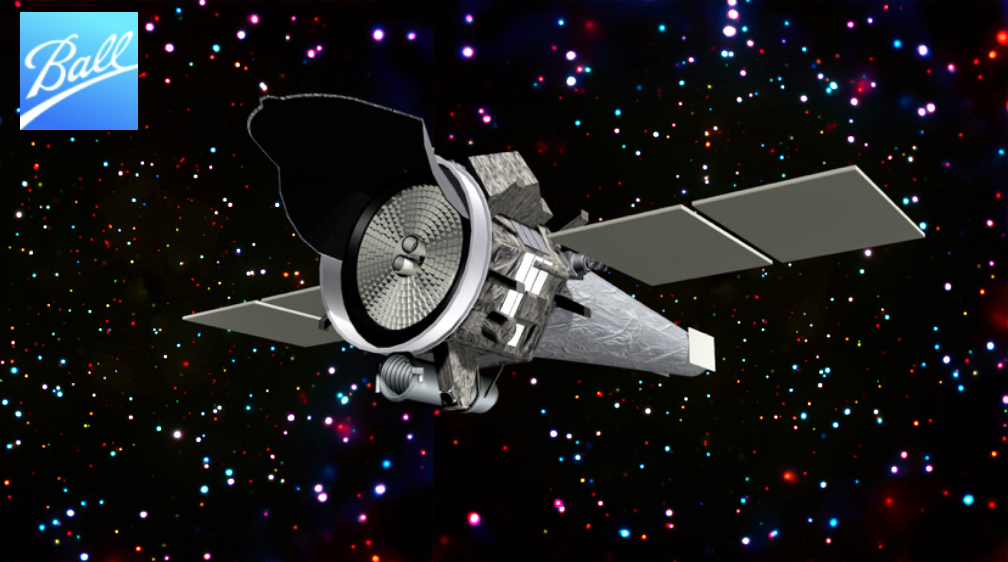
Ball Aerospace is part of a team selected by NASA to conduct a medium explorer, Phase A study to survey cosmic explosions throughout the universe — Ball ’s role in the Survey and Time-domain Astrophysical Research Explorer (STAR-X) study is to provide the spacecraft and observatory integration and test.
STAR-X is one of two Mission Explorer missions that NASA selected for further study in August. The agency plans to select one in 2024 to proceed with implementation.
The nine-month, Phase A study is underway and is led by Dr. William Zhang at NASA’s Goddard Space Flight Center (GSFC). STAR-X will use two wavelength regions – X-ray and ultraviolet (UV) – to study astrophysical phenomenon. The agile observatory will have the ability to orient rapidly to capture rare and brief cosmic events, such as supernova explosions, that have an outsized impact on the Universe.
In addition to the Ball Aerospace-built spacecraft, STAR-X will consist of an X-ray telescope (XRT) provided by GSFC and Massachusetts Institute of Technology, plus a UV telescope (UVT) provided by the University of Colorado.
The spacecraft will be based on the Ball Configurable Platform Small (BCP-Small), which has a broad spectrum of capabilities and is highly reliable with proven stability and pointing performance, which are essential for astrophysics missions such as STAR-X. The BCP-Small was the basis for NASA’s Imaging X-Ray Polarimetry Explorer (IXPE), a small explorer mission that launched in December of 2021 to observe polarized X-rays from extreme objects, such as neutron stars, stellar and super massive black holes. Ball Aerospace is also using the BCP-Small for NASA’s Spectro-Photometer for the History of the Universe, Epoch of Reionization and Ices Explorer (SPHEREx).
“We are part of a very strong team that is innovating on new ways to capture data on transient events that are complementary to other observatories, such as the Roman Space Telescope and the Vera Rubin Observatory,” said Dr. Alberto Conti, director of new business, Civil Space, Ball Aerospace. “By having the ability to study rate transient events at multiple wavelengths, we’ll gain a better understanding of how stellar explosions fuel cosmic chemistry, how massive black holes form, and how the largest bound structures in the Universe were created.”
